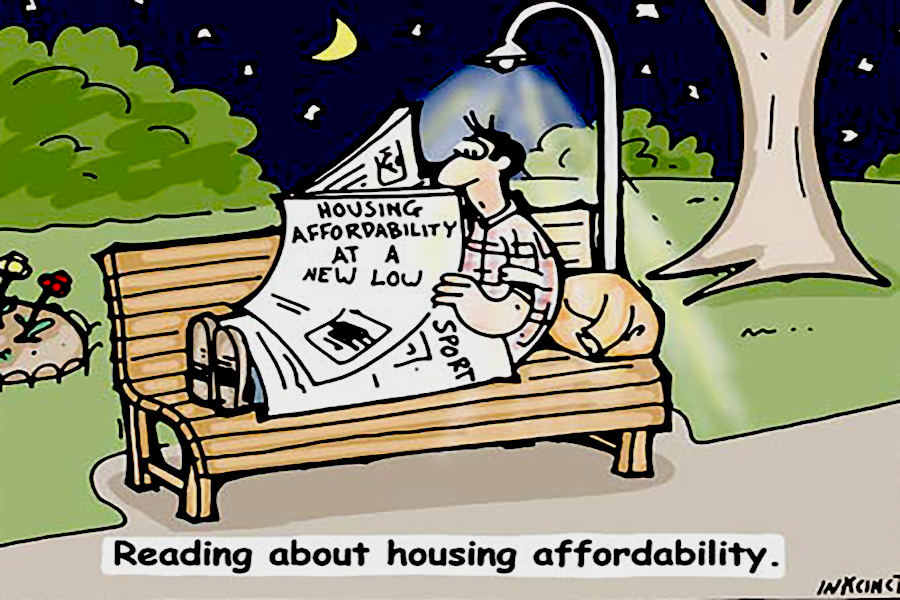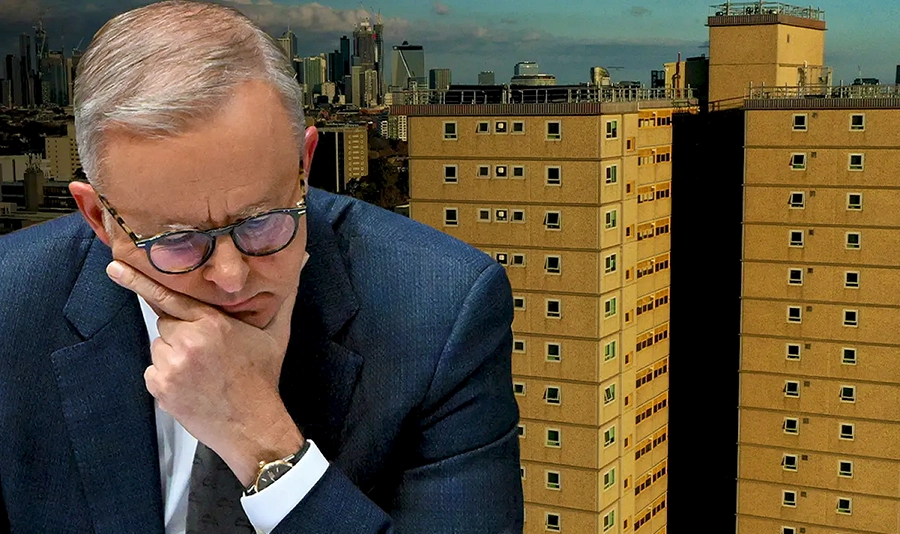Contributed from Victoria
The federal government has now approved grants for the construction of thousands of rent-capped and social homes, which is supported by its $10 billion housing fund established one year ago.
Housing Minister Clare O’Neil said 185 housing projects had been green lit in the first round of grants distributed through the Housing Australia Future Fund (HAFF), a move which would deliver a combined 13,742 affordable and social homes out of the 40,000 homes to be built over 5 years.
Any move to cap rents is long overdue and welcome. So is any building of new social housing. The fact that there is any of either is better than the backward direction Australia has been travelling in recent years. A change in direction is long overdue. The need to act on housing affordability is critical to the wellbeing of most Australians and the future of the economy.

But we must never lose sight of the fact that capping some rents is not the same thing as increasing the social housing stock. They are very different concepts. The two are often intermingled and confused. Affordable housing offered by HAFF caps some of the rents at 70 percent of the existing market rent. While this helps meet the needs of some, this is a far cry from increasing the social housing stock, which is pegged at 25 to 30 percent of the gross income of the tenant household.
While the HAFF contracts deliver 13,742 affordable and social housing homes, the bulk of the build, that is 26,000 homes will be delivered to the private market. This will be a gift to developers, the banks, and owners. They will be given a secondary windfall. Those winning contracts for the management of the 13,742 homes will pay for them though 25-year loans and have the right to collect rent to pay off the debt, meet other costs, and pocket the rest. They do not get to own the properties.
Under this scheme, the bulk of the money committed will go government subsidisation of the private housing market, developers, banks, and private owners.
This is not a particularly fair or an efficient solution to the problem of housing unaffordability. Far more resources should be channelled into affordable and social housing, which consists of public housing and cooperative housing. Both meet important community needs. As it stands, public housing is the biggest loser, and this means that the most vulnerable will continue to languish in long housing waiting lists across Australia. cooperative housing is not far behind.

Photo from TND/AAP: Public housing continues to be neglected by the Albanese government
Social housing should not be neglected. This means reversing the decline of recent years and embracing public housing first and cooperative housing in second place.
Admittedly, this is only a portion of the $10 billion promised in the Australia Future Fund. There is no news yet about where the rest is going to go. The future of housing across Australia, and to some extent the economy, will depend on the decisions that are made on this.
If Australia continues with the fallacy that the answer to the housing challenge is feeding the market incapable of meeting the need and fails to recognise that the solution is outside the market, the shortage of affordable housing will remain. The problem is not a shortage of housing stock but a shortage of housing stock at the price that enough people can afford.


Be the first to comment on "Housing crisis cannot be solved with token social housing and on feeding market failure"